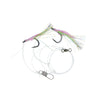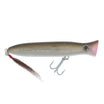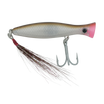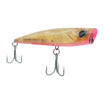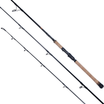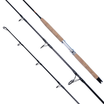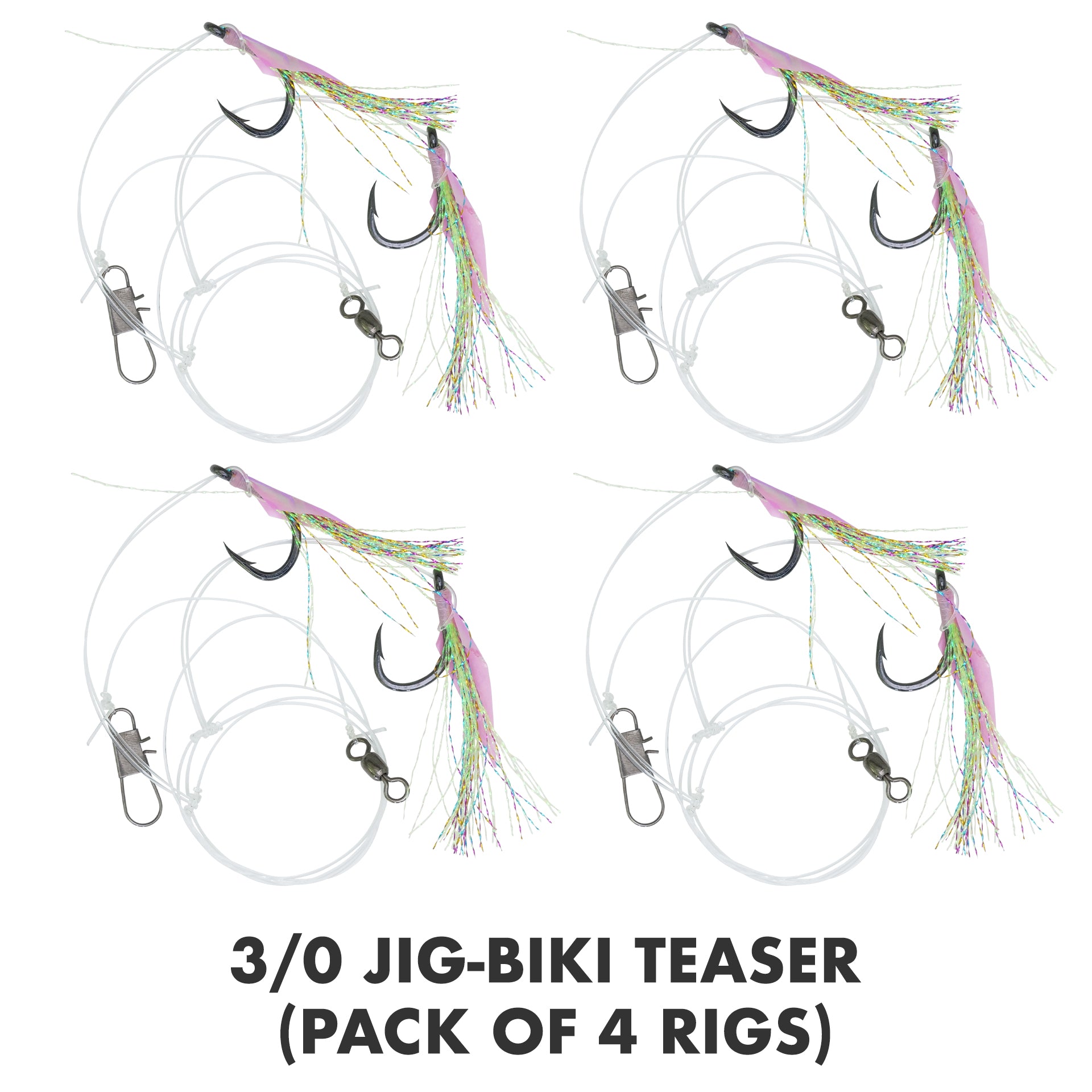Twitch Jigging for Cod in Deep Water
I recently had the chance to head out for one of my all-time favorite fishing trips—cod fishing east of Chatham on Cape Cod. There’s something about jigging for cod in these deep waters that never gets old. On this trip, we targeted cod using a combination of traditional jigging techniques and some modern gear tweaks that really helped us get the job done. Let me walk you through how I approached this trip and share a few insights.
Approach

Positioning Strategy: Positioning the boat correctly is essential when targeting cod. I look for good structure and "live bottom" areas using my fish finder. The boat was positioned to drift over contour lines in depths between 240 and 250 feet. I always check the drift direction and adjust the boat to make sure we’re moving over productive spots. As the tide changes, I adapt the length of my drifts to stay in the zone where fish are concentrated.
Gear
Rod and Reel Setup: For this trip, I used my Hogy hybrid tuna jigging rod paired with a high-speed Avid LX6 reel. The rod has a soft, parabolic action, which is perfect for reducing lost fish when jigging deep. It also helps when fighting cod that like to shake loose on the way up.
Line Selection: I went with a 60 lb braided line, which is great for keeping the jig on the bottom in fast drifts and deep water. The thinner diameter of braid helps maintain contact with the bottom, especially when fishing depths of 250 feet or more.
Lure and Bait Choices: The primary lure was a 16 oz Hogy Sand eel jig, and I used both the olive (imitator)and Albie Crack (attractor) colors. These jigs get down to the bottom fast and make for an excellent combo when paired with Hogy jig Biki teaser rigs. The teasers mimic small crabs or crustaceans, which cod love to snack on.
Technique
Casting and Retrieving: Once the jig hits bottom, I use a slow lift-and-drop motion. This subtle movement allows the jig to skip along the floor while the teasers bounce lightly above it. I’ve found that cod are more likely to strike when the jigging action is gentle rather than aggressive. This method worked wonders, especially when we were fishing deeper water and targeting larger cod.
Hook Setting and Playing the Fish: The key to success when cod fishing with teasers is to be quick but gentle when setting the hook. Once a fish is hooked, I bring it up slowly if I plan to release it, preventing the fish from suffering decompression issues caused by rapid ascent from the deep water.
Environmental Factors
Wind Conditions: Wind can affect the speed of the drift, especially when it runs in the same direction as the current. When the drift gets fast, I switch to heavier jigs, like the 16 oz Hogy Sand eel, to maintain contact with the bottom.
Tide and Water Conditions: Tide plays a major role in cod fishing. As the tide slows, so do the drifts, which makes it easier to target specific spots. The fish were mostly holding between 240 and 250 feet on this trip, but conditions can vary, so I always adjust my strategy depending on how the tide is moving.
Weather Considerations: Calm seas and clear skies made it easy to focus on precise jigging techniques, which is crucial when fishing for cod. While weather conditions were ideal on this trip, I always keep an eye on the forecast when planning any fishing trip.

Situational Factors
Reading the Water: I rely heavily on my fish finder to locate areas of live bottom. This is where the fish are usually concentrated, and it shows up as a yellow layer over the maroon sea floor on my Garmin unit. Live bottom often indicates the presence of baitfish, crustaceans, and other signs of life that attract cod.
Using Electronics: My Garmin fish finder is essential for pinpointing productive areas. I use it to track depth, structure, and live bottom, ensuring that I’m always presenting my jigs in the most effective zones.
Fish Care and Conservation
Handling and Release Tips: When releasing cod, I make sure to bring them up slowly to avoid decompression issues. Fish that are smaller than 21 inches are carefully returned to the water, and I always aim for a healthy release by minimizing the time spent handling them.
Conservation Practices: I’m a firm believer in responsible fishing. Cod populations aren’t as strong as they once were, so I always follow local regulations and do my part to protect the fishery. Handling fish with care and releasing those under the legal size helps contribute to long-term sustainability.
Summary
Key Takeaways: Successful cod fishing comes down to using the right jigging technique, keeping an eye on the structure and live bottom, and adjusting your approach based on environmental factors like tide and wind. A slow, subtle jigging action paired with the right gear will give you the best chance of landing these great fish.
Insights and Observations: This trip reinforced that less is more when jigging for cod. By keeping the movements subtle and relying on the natural action of the teasers, we were able to land some impressive fish. Having the right mix of attractor and imitator jigs also helps maximize success in varying conditions.




























